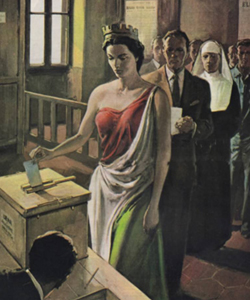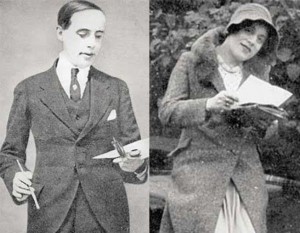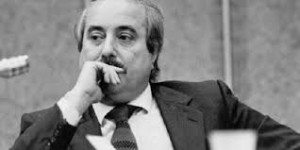The history and Sport are two disciplines that have often intersected his path. And often this intersection is the heavy burden of a tragedy. The 6 February 1958 in Munich there was a snow storm. Matt Busby, l’ coach of Manchester United, After rebuilding the club from the ruins of World War II, He had managed to bring him back to the top of the English Championship. From the second half of the 50 He had a dream: win the European Cup. In the season 1956/57 the Red Devils were escalated to semifinals, in 1958 Manchester United wanted to try to win the ultimate continental trophy. The team was young and promising. Played champions like Tommy Taylor paid 29999 British pounds, Duncan Edwards, Bobby Charlton, Bill Foulkes. That Thursday afternoon 6 February 1958 the club was returning from Belgrade. He had just passed the Cup against the Red Star by accessing to semifinals. All’ era trafficking in Belgrade – Manchester required a stopover for refueling in Munich. Despite the bad weather conditions, the delay already in Belgrade for the loss of passport of Berry, the pilots decided to leave the same. Three attempts were made to take off, the third fatal. The track was covered with snow, the pilot led l’ plane down the runway, lost speed and broke a wing and the aircraft crashed into a fuel depot. L’ Depot explosion ignited l’ plane. They died instantly David Pegg, Tommy Taylor, Geoff Bent, Roger Byrne, Eddie Colman, Mark Jones, Liam ' Billy’ Whelan. Johnny Berry and Jackie Blanchflower survived but were injured so serious not to allow them to resume playing ever again. The talent of that team Duncan Edwards resisted 15 days and then died. Matt Busby was awarded the’ extreme unction three times but after weeks of cure survived. Survived two players Bobby Charlton and Bill Foulkes who along with Matt Busby would have lifted the European Cup in 1968, ten years after the Munich tragedy. The toll of the tragedy, including three staff members of Busby, eight journalists and four members of the’ crew. Outside of’ Old Trafford, the stadium of Manchester United, There is l’ Munich clock stopped all’ time and date of the tragedy.
HECTOR PARKER


